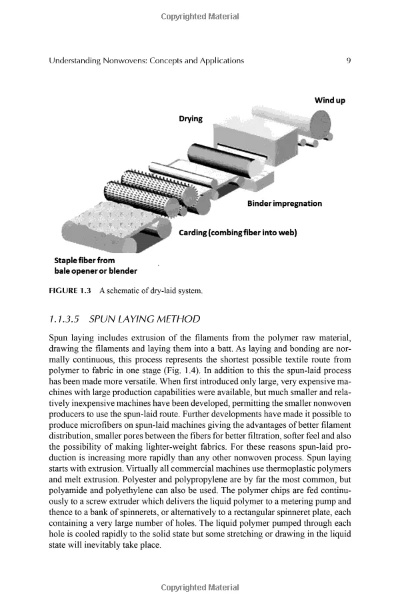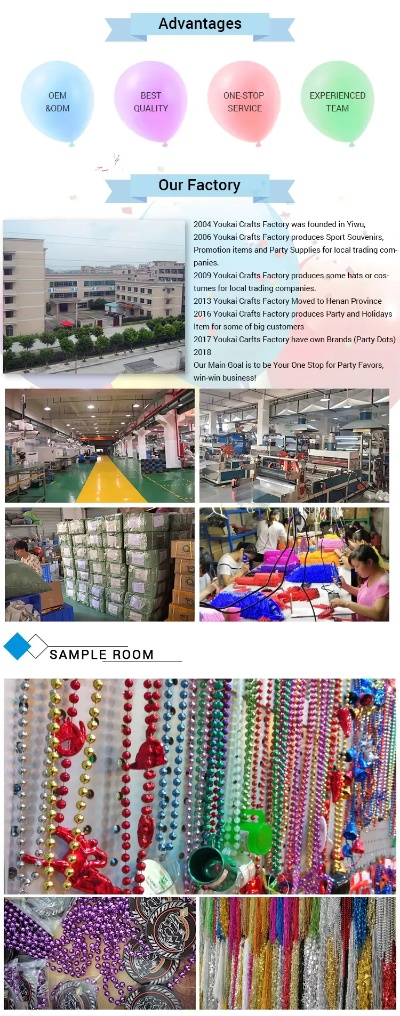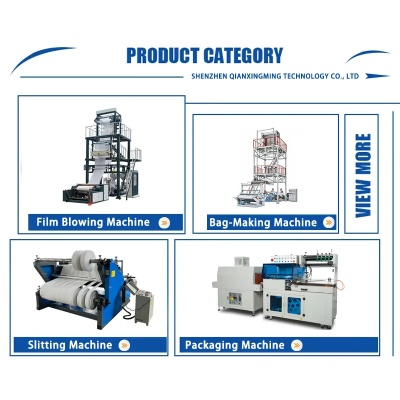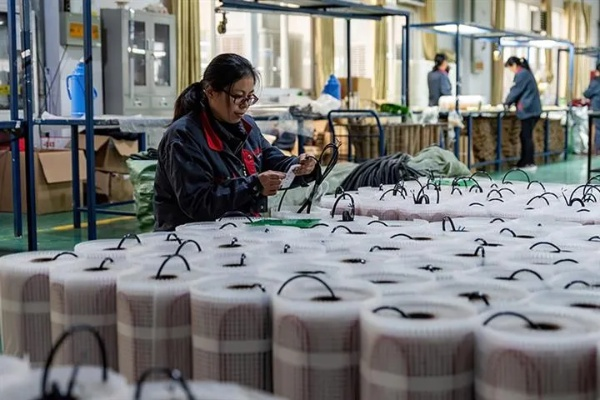The Dynamics of Zhangjiagangs Textile Industry:A Comprehensive Analysis
Zhangjiagang, a major textile hub in China's Jiangsu Province, has witnessed significant growth over the past decade. This paper conducts a comprehensive analysis of the dynamic development of the Zhangjiagang textile industry, focusing on its historical evolution, current status, and future prospects. The study identifies the key drivers of growth, including government policies, market demand, technological advancements, and international trade. It also examines the challenges faced by the industry, such as labor shortages, environmental concerns, and competition from emerging markets. Finally, it offers recommendations for enhancing the competitiveness of the Zhangjiagang textile industry, including promoting innovation, improving quality standards, and expanding into new markets. Overall, the analysis highlights the importance of sustainable development and the need to balance economic growth with social responsibility.
Introduction: Zhangjiagang, a city located in eastern China, is renowned for its textile industry, which has been an essential part of the local economy for decades. This sector not only contributes to the city's economic growth but also plays a crucial role in the national textile supply chain. In this article, we will delve into the various aspects of Zhangjiagang's textile industry, including its production capacity, market dynamics, and future prospects. We will also highlight some successful cases that showcase the industry's strengths and challenges.
Production Capacity: Zhangjiagang's textile industry boasts a significant production capacity, with several factories employing advanced machinery and techniques to produce a wide range of textile products. According to a recent report by the Zhangjiagang Municipal Bureau of Economy and Information Technology, the city's textile output value reached $10 billion in 2019, marking a 3% increase from the previous year. The main products include cotton, polyester, and other synthetic fibers, which are widely used in apparel, home textiles, and industrial applications.

Market Dynamics: The Zhangjiagang textile market is highly competitive, with many domestic and international players vying for a share of the market. The demand for textile products is driven by factors such as consumer preferences, economic growth, and government policies. For instance, the Chinese government has implemented policies to promote the development of the textile industry, including tax incentives and subsidies, which have helped to boost the sector's growth.
Successful Case Study: One of the most successful textile companies in Zhangjiagang is Xinyi Textile Group. Since its establishment in 1998, Xinyi has grown rapidly, becoming one of the largest textile manufacturers in China. The company specializes in producing high-quality garments and home textiles using state-of-the-art technology and processes. Xinyi's success can be attributed to several factors, including its focus on innovation, strong brand recognition, and effective marketing strategies.
Another notable case is Huawei Textiles, a subsidiary of the telecommunications giant Huawei. Huawei Textiles produces a wide range of high-end textile products, including sportswear, formal wear, and casual wear. The company has achieved significant success in the global market, thanks to its unique design concepts and commitment to quality. However, Huawei Textiles faces challenges such as competition from established brands and changes in consumer preferences.
Future Prospects: Looking ahead, the Zhangjiagang textile industry faces several opportunities and challenges. On the positive side, the country's ongoing economic growth and increasing consumer spending power will continue to drive demand for textile products. Additionally, technological advancements in manufacturing processes and new materials will provide opportunities for innovation and product differentiation.
On the negative side, global trade tensions and rising raw material costs could impact the industry's profitability. Moreover, the shift towards sustainable and eco-friendly production methods is becoming increasingly important, and companies must adapt to these trends if they want to remain competitive.
Conclusion: In conclusion, the Zhangjiagang textile industry is a vital component of the local economy, contributing to job creation and economic growth. With its strong production capacity, competitive market dynamics, and innovative companies, the industry has shown resilience and potential for continued growth. However, it is important for companies to stay focused on innovation, market trends, and sustainability to ensure long-term success.
张家港纺织品概述
张家港作为我国重要的纺织品出口基地,其纺织品资料丰富多样,涵盖了多个领域,本篇文章将重点介绍张家港纺织品的相关资料,并结合实际案例进行说明。
张家港纺织品资料分类
- 纺织原料:包括棉、麻、丝、毛等天然纤维,以及再生纤维等新型纺织原料。
- 织造工艺:介绍了各种织造技术,如平纹织造、斜纹织造、提花织造等。
- 纺织品种类:包括床上用品、服装面料、装饰品等。
张家港纺织品案例分析
床上用品
张家港的床上用品以其舒适性和美观性受到广大消费者的喜爱,该地区生产的床上用品采用高质量的纺织原料,经过精细的织造工艺,打造出各种款式和风格的床品,某品牌床上用品采用纯棉面料,经过精美的提花织造,呈现出优雅而舒适的外观。
服装面料

张家港的服装面料品质优良,广泛应用于各类服装制作,该地区生产的服装面料具有透气性好、耐磨性强等特点,适用于各种季节和场合,某品牌牛仔面料采用高质量的牛仔纤维,经过特殊的染色处理,呈现出鲜艳而耐久的外观。
张家港纺织品资料补充说明
纺织原料特性:
(1)棉:棉花是一种天然纤维,具有吸湿性好、透气性强、柔软舒适等特点,在张家港地区,棉花种植广泛,品种丰富,品质优良。
(2)麻:麻是一种天然纤维,具有吸湿性好、透气性强、耐用性强等特点,在张家港地区,麻制品广泛应用于床上用品、服装面料等领域。
(3)再生纤维:近年来,再生纤维逐渐成为纺织品市场的新兴力量,张家港地区的一些企业已经开始采用再生纤维生产纺织品,这些纤维具有环保、可持续的特点。
织造工艺特点:
(1)平纹织造:平纹织造是一种常见的织造工艺,其特点是织纹均匀、质地紧密、手感舒适,在张家港地区,平纹织造工艺得到了广泛应用。
(2)提花织造:提花织造是一种具有艺术性的织造工艺,其特点是在织物表面形成美丽的花纹和图案,张家港地区的提花织造工艺具有精湛的技艺和独特的风格。
纺织品种类应用领域:
(1)床上用品:张家港地区的床上用品品种繁多,适用于各种场合和需求,从简约时尚的款式到豪华大气的设计,都能满足消费者的需求。
(2)服装面料:张家港地区的服装面料品质优良,广泛应用于各类服装制作中,从休闲装到正装,从春夏装到秋冬装,都能找到合适的面料。
张家港地区的纺织品资料丰富多样,涵盖了多个领域,该地区的企业在纺织品的生产过程中注重环保、可持续性,采用高质量的纺织原料和先进的织造工艺,打造出高品质的纺织品,该地区还结合实际案例进行说明,展示了纺织品在实际应用中的效果和价值。
Articles related to the knowledge points of this article:
The Latest Textile Hand Embroidery Wholesale Prices Chart
A Journey into the Fabric of Innovation at Shaoxing Maochun Textile Factory



